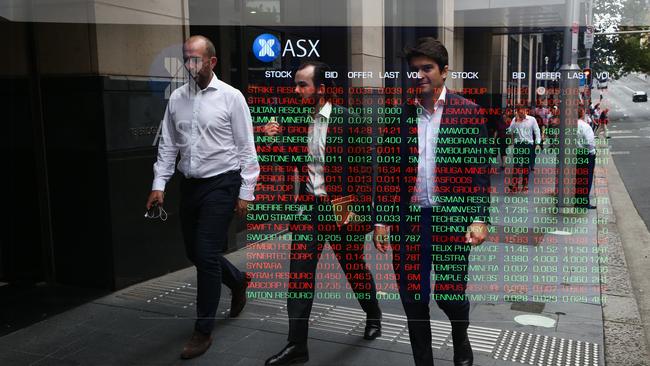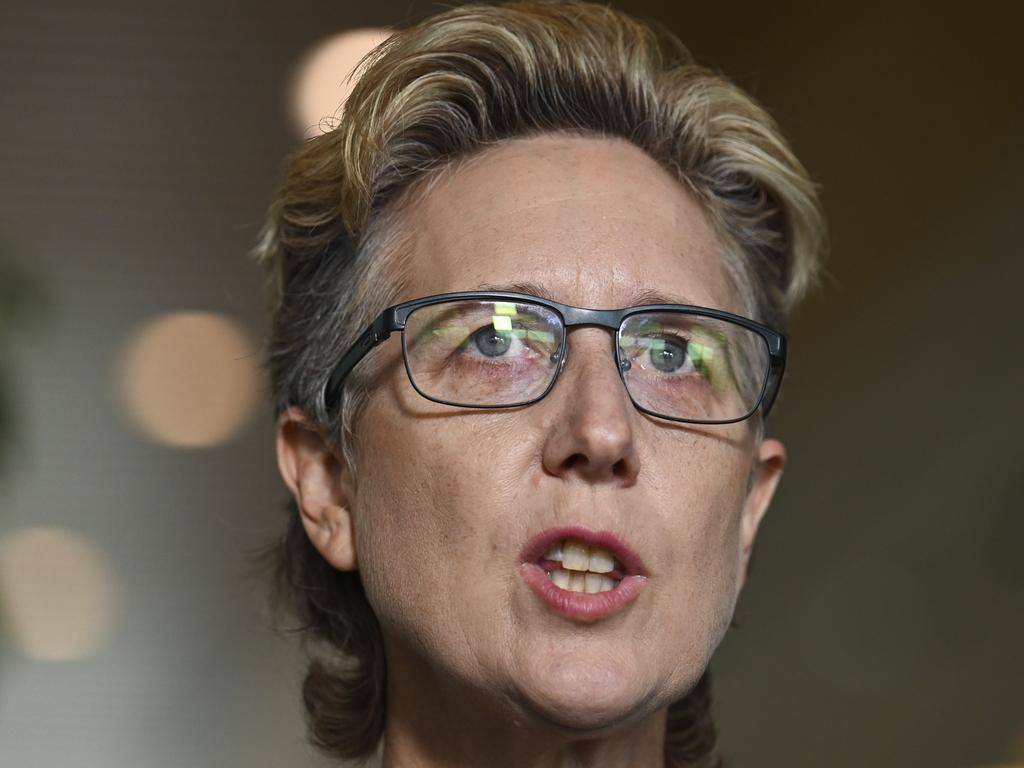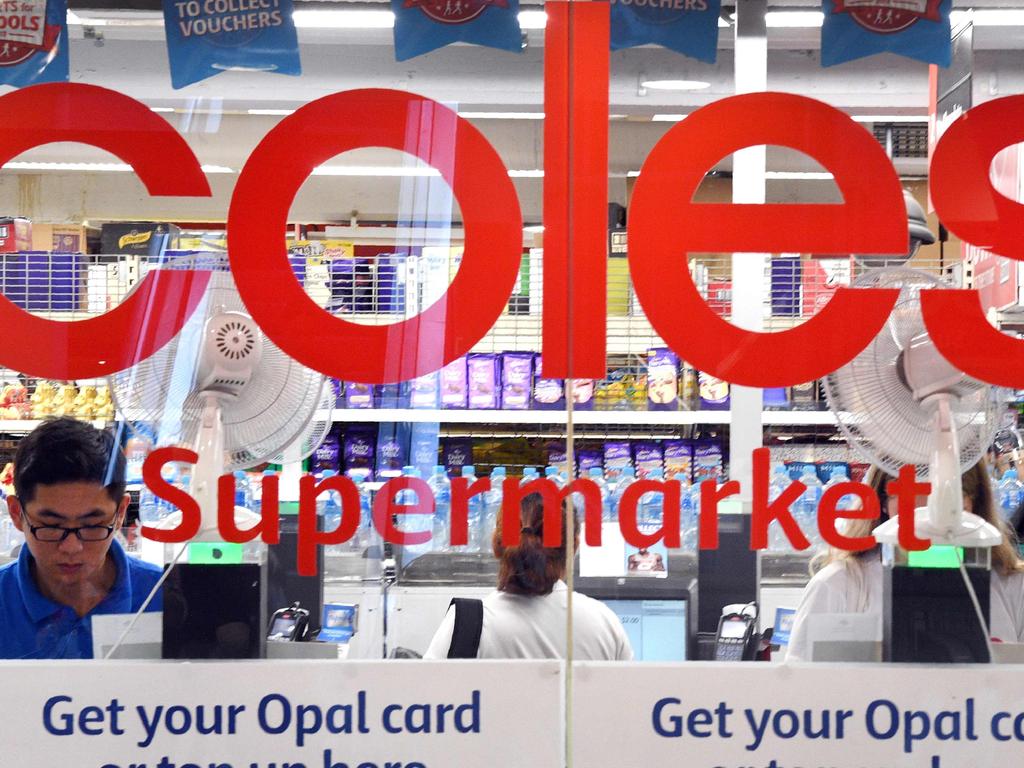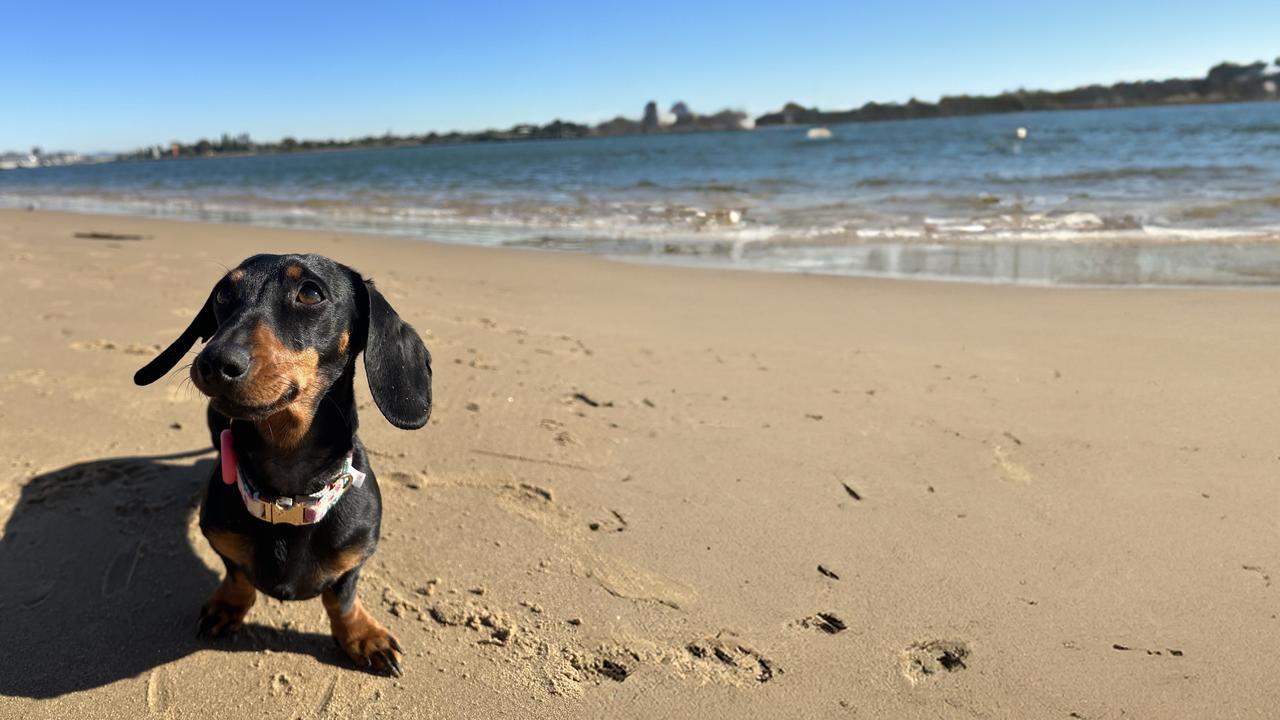Inflation steady at 3.4pc in February amid rate pain
Inflation stays at 3.4 per cent in more good news for the RBA as it battles to bring consumer price growth under control, but there was bad news for renters.

Inflation has held at 3.4 per cent in the year to February, in more good news for mortgage holders and the Reserve Bank as it battles to bring consumer price growth back under control.
Analysts had expected inflation would drift higher in February, and KPMG chief economist Brendan Rynne said the third steady month reaffirmed his view that “the inflation surge is now over”.
“Despite the RBA’s cautious ‘nothing’s off the table’ message, the next interest rate move will be down – the question now is just when,” Dr Rynne said.
The latest data come as Labor and unions push the Fair Work Commission to deliver a minimum-wage increase that matches or beats inflation for 2.9 million workers, or nearly one in four employees.
“Wages growth will be crucial in the future direction of inflation and hence the cash rate,” Dr Rynne said.
An extraordinarily strong jobs report for February and RBA governor Michele Bullock’s message earlier this month that the central bank was keeping its options open had hit hopes for rates relief in 2024.
Investors, however, remain convinced of a rate cut to 4.1 per cent by the September 24 board decision, with an 80 per cent chance of a second by the end of the year.
Excluding more volatile items, inflation dropped to 3.9 per cent, from 4.1 per cent, according to the latest figures from the Australian Bureau of Statistics, but another measure of underlying inflation - the trimmed mean - nudged higher to 3.9 per cent.
Behind the encouraging headline figures, however, there was plenty of evidence of the intense cost of living pressures facing households, especially for services Australians struggle to avoid.
Rental inflation accelerated to 7.6 per cent in the year to February, from 7.4 per cent in the month before, as new tenants struggle to secure properties amid historically low vacancy rates.
Petrol prices were 4.1 per cent higher over the year, above the 3.1 per cent annual rate in January.
Insurance prices surged an incredible 16.5 per cent, just above the previous month’s figure and to the highest in the history of the data.
Education costs were up 5.1 per cent, above 4.7 per cent in the year to January.
The ABS said the rise in education costs “was driven by higher primary and secondary school fees as well as tertiary education following the indexation of higher education course fees”, and noted that fees have increased around 5 per cent annually for the past three years.
ANZ economist Madeline Dunk highlighted that services inflation - a declared area of concern for Ms Bullock and her board - lifted from 3.7 per cent in the year to January, to 4.2 per cent in the latest numbers.
“The RBA would take comfort in the current trajectory of inflation, with inflation on track to undershoot their (March quarter) forecast of around 0.8 per cent. But there are some signs that we may encounter the ‘last mile’ challenge,” Ms Dunk said.
There was better news for grocery bills, as inflation in the broad food and non-alcoholic beverages category fell from 4.4 per cent in the year to January, to 3.6 per cent in the latest data.
Bread and cereal price growth remains the highest at 7 per cent, an improvement from 7.4 per cent. But fruit and vegetables were 0.5 per cent cheaper than a year earlier, and meat and seafood prices were 2 per cent down.
The more complete quarterly inflation report showed consumer price growth fell to 4.1 per cent in December, well down on the December 2022 peak of 7.8 per cent.
Jim Chalmers has said that the focus in the May budget will begin to shift away from high inflation to supporting growth, after the economy ground to a near standstill at the end of last year.






To join the conversation, please log in. Don't have an account? Register
Join the conversation, you are commenting as Logout